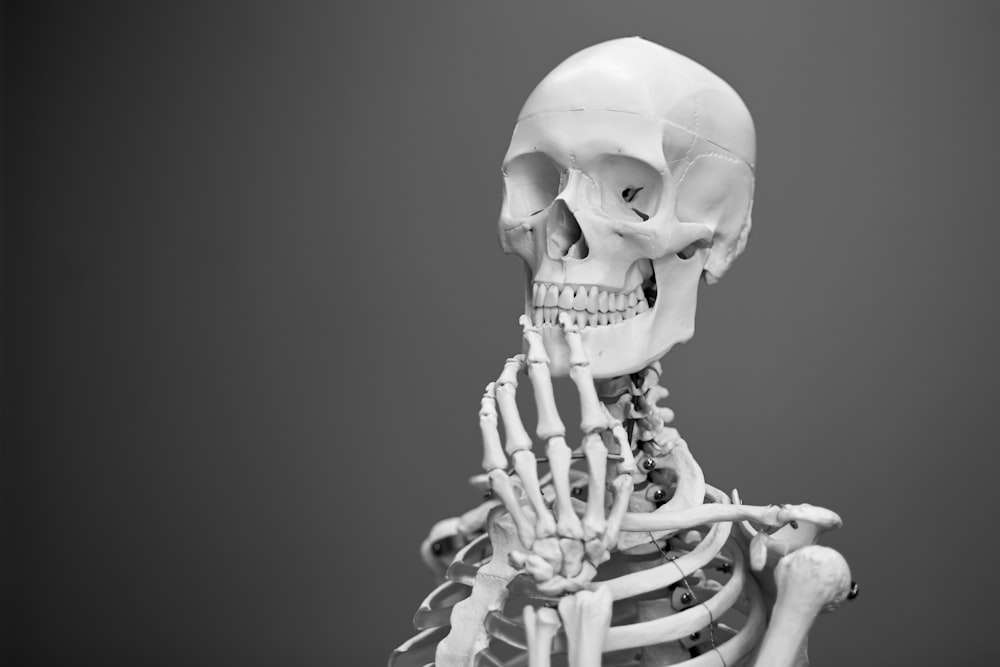So…you want to know how to write a critical analysis essay? As an academic, I am often asked the following questions:

Foucault (1981/1988) clarified that:
“critique is not a matter of saying that things are not right as they are. It is a matter of pointing out on what kind s of assumptions, what kinds of familiar, unchallenged, unconsidered modes of thought the practices that we accept rest…. Criticism is a matter of flushing out that thought and trying to change it: to show that things are not as self-evident as one believed, to see that what is accepted as self-evident will no longer be accepted as such. Practicing criticism is a matter of making facile gestures difficult.” (pp. 154-155)
Critiquing doesn’t mean that you are simply critical in identifying everything bad. After all, one can be a ‘critically acclaimed’ actor. Instead, one has to tease out both the good and the bad. You will also need to decide how much value you will place on any evidence you find, look at the alternatives and decide how you might apply your findings in the real world. Your arguments should be backed up with evidence throughout.
Types of evidence ranked in order of quality from high to low…

A linear representation of critical analysis

Adapted from Plymouth University (2008)

The critical analysis cycle

- Their tone is personal and familiar rather than academic in nature
- They rely too heavily on the work of others without presenting their own evidence based arguments
- They make bold statements without citing their sources of evidence
- They rely too heavily on description without analysing and evaluating the materials under critique (We can read the material ourselves if description is all we want!)
- Their arguments lack structure and there is limited evidence of wider reading

So how can we move from being descriptive to being critically analytic? The table below outlines the difference between the two…
Descriptive |
Critically Analytic |
| States what happened | Identifies the significance |
| States what something is like | Identifies the significance |
| Gives the story so far | Evaluates strengths and weaknesses |
| States the order things in which things happened | Weighs one piece of information against another Makes reasoned judgments |
| Says how to do something | Argues a case according to the evidence |
| Explains what a theory says | Shows why something is relevant or suitable |
| Explains how something works | Indicates why something will work best |
| Notes the methods used | Identifies whether something is appropriate or suitable |
| Says when something occurred | Weighs up the importance of the component parts |
| States the different components | Evaluates the relative significance of details Structures information in order of importance |
| States options Lists details | Shows the relevance of links between pieces of information |
| Lists in any order States links between items | Draws conclusions Identifies why the timing is of importance |
| Gives information | Gives the reasons for selecting each option |

Looking at other examples
- Essay examples/Example essays
- 15 Top Essay Writing Tips for Midwifery and Nursing Students
- A guide to literature reviewing
And remember…
- If you are a student writing an assignment, use this guide together with any assignment specific brief, guideline or marking criteria you may also have been given relating directly to your course.
- It is also important to think about how you will apply your critical analysis to ‘real world’ scenarios – This requires a critical thinking approach, which many writers neglect.

Follow me via @SallyPezaro; The Academic Midwife; This blog
Until next time…Look after yourselves and each other 💚💙💜❤
References
- Plymouth University. (2008) Critical Thinking. Plymouth: Plymouth University. [online]
Available at: http://www2.warwick.ac.uk/study/cll/othercourses/itt/resource_bank/studyskills/study/rea
dingskills/8_criticalthinking_summary1.pdf [Accessed 3.6.2015] - Foucault, M. (1981/1988). Practicing criticism (A. Sheridan, Trans.). In M. Foucault & L. D.
Kritzman, (Ed), Politics, philosophy, culture: Interviews and other writings, 1977-1984 (pp. 152-158). New York, NY: Routledge.
